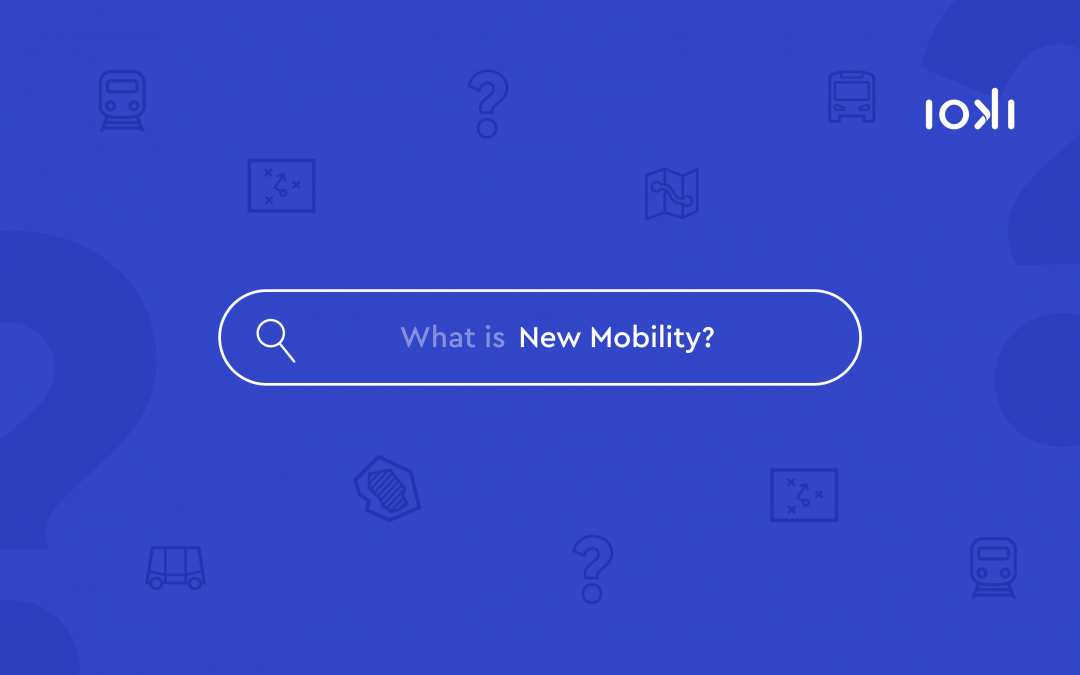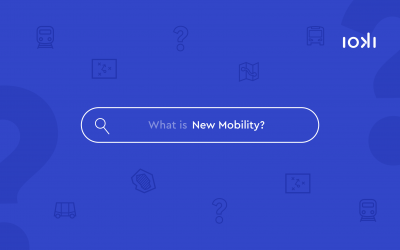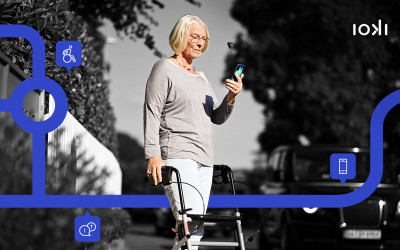The driving licence, especially for young city dwellers, no longer stands for freedom and independence as it once did. According to a study by the Center of Automotive in Bergisch Gladbach, only 36% of respondents from urban areas say that they need their own car for their mobility needs. In rural areas, however, it looks somewhat different. Here, 55 percent of those surveyed are certain that having their own car is indispensable.
There may be different reasons for this observation, but we would like to pick out two at this point. Firstly, the car is increasingly losing its importance as a status symbol, especially for Generation Z. In 2018, for example, only 27 percent of young people said that they would forego a vacation to buy a car, compared to 46 percent in 2010.
On the other hand, thanks to digitalization and the emergence of new services, the range of mobility options is changing. Ridesharing providers, last-mile products such as e-scooters and on-demand services are increasingly changing mobility – especially in cities – and closing the last gaps in the public transport infrastructure.
Often, having your own car is nothing more than a burden. And so for Generation Z, the car is no longer the means of choice when it comes to getting around, but only one option among many. The growing environmental awareness of the Fridays for Future generation may also play a decisive role here.
However, many young city dwellers are dependent on commuting to outlying districts or industrial areas, for example for their apprenticeship. In contrast to the city centres, the mobility offers there are often less good and especially the last mile from the public transport stop to the company must be done on foot.
Analysing a problem on the basis of data – establishing a solution according to requirements
One solution to the problem could be mobility offers for employees which for example bridge the first and last mile as an demand responsive employee shuttle. So commuting becomes more comfortable, efficient and safe. At the same time, companies use such measures to strengthen their employer brand and locations such as industrial parks to enhance their attractiveness.
Questions like “In which areas and for which routes is such an offer efficient for employees and companies alike?” can be identified by a mobility analysis.
For example, data and information on traffic flows, the existing infrastructure, sociodemographic data and much more can be taken into account. This results in a detailed survey of the mobility situation and needs in a specific area.



